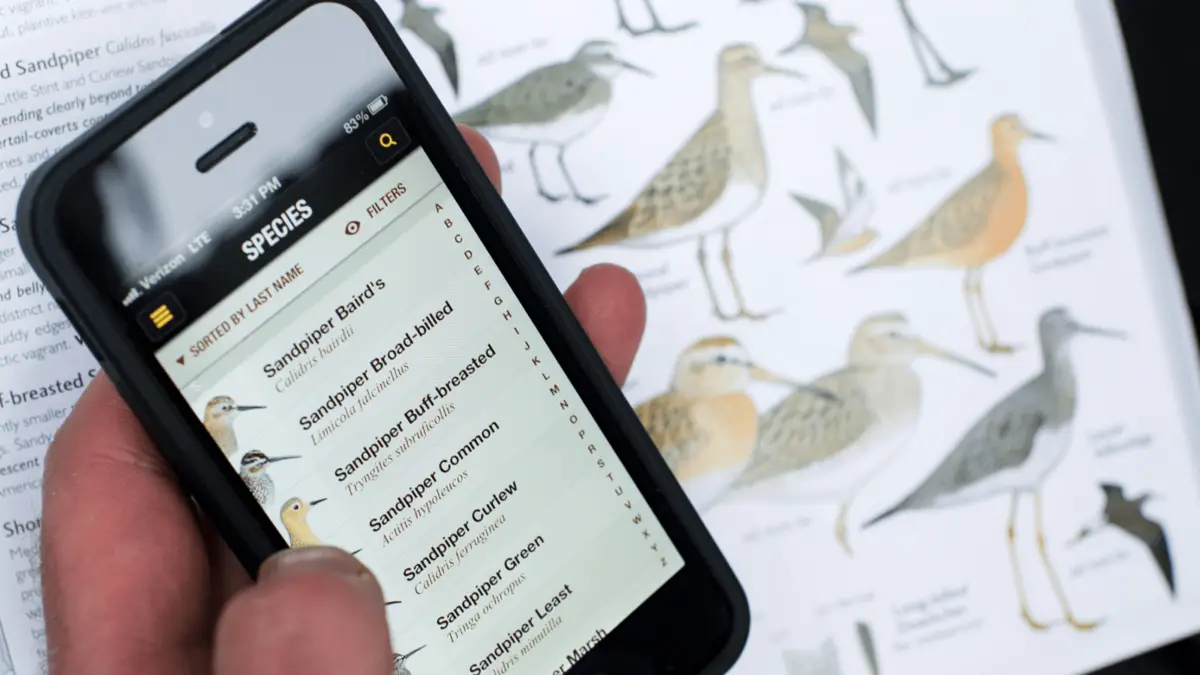An age-old pastime, birding has gotten big over the course of the pandemic. This multi-sensory game of real life I Spy is especially fun in the Bay Area — the largest estuary on the Pacific Coast — which is a perfect place for droves of shorebirds, raptors, and songbirds.
More than 250 species of migratory birds come here every fall, and just about everywhere is a great place to view these visitors. A large number of these birds come from the Arctic — where they breed — to escape freezing temperatures and snack a bit before continuing their migration south. Others take advantage of the bay to rest for a few days, and some of the birds who wind up here are lost. It’s these birds that especially excite local birders.
Interested yet? Take a few minutes to join the world of birding on October Big Day, October 9.
To help get you started on your own exploration we consulted Mark Reynolds, Ph.D., a Senior Scientist at The Nature Conservancy. Here’s some of his advice for beginning birders:
Featured Photo: Barth Bailey
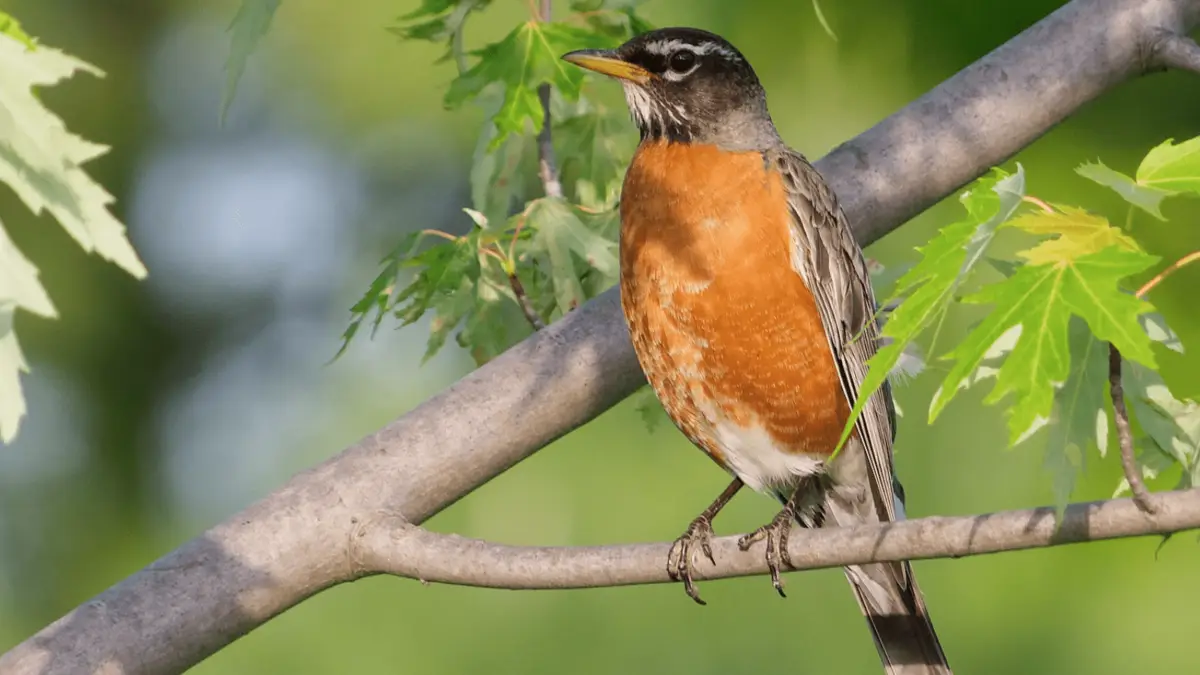
“Birding is about honing your observation skills. There are around 10,000 species of birds worldwide and 675 found in California. So much of the folklore about birding and birders is obsession with difficult to observe, rare species. That’s definitely a part of the fun, but it’s important to master the common birds first and build your confidence. As local literary legend Anne Lamott has said, you’re going to want to take it ‘bird by bird.’ So, pick a common bird you can see from your home and get to know it. A robin, sparrow, dove or crow will do. Observe its shape. How would you describe the shape of the head, bill, body, or tail? Does it have distinctive markings (patterns, colors) of any kind? Once you get to know one species of bird in this way, you’ll find that understanding shapes, patterns and markings of even one species will help you learn characteristics to identify many more species. You won’t always see a bird in good light so knowing birds by shapes and patterns can be really helpful. Binoculars will help immensely with your identification skills and enjoyment of birds.
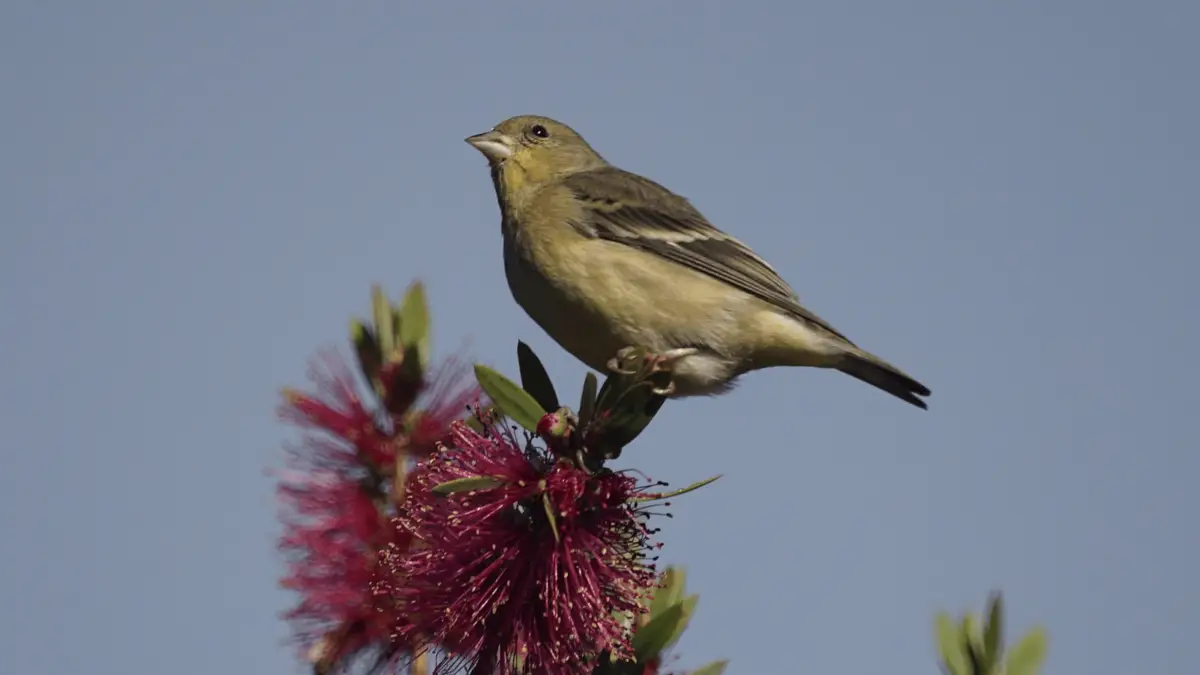
Ready to see what’s out there? Here are some birds that you can see and hear right this moment in the Bay Area. Click on their names to learn more about them and to listen to their songs.
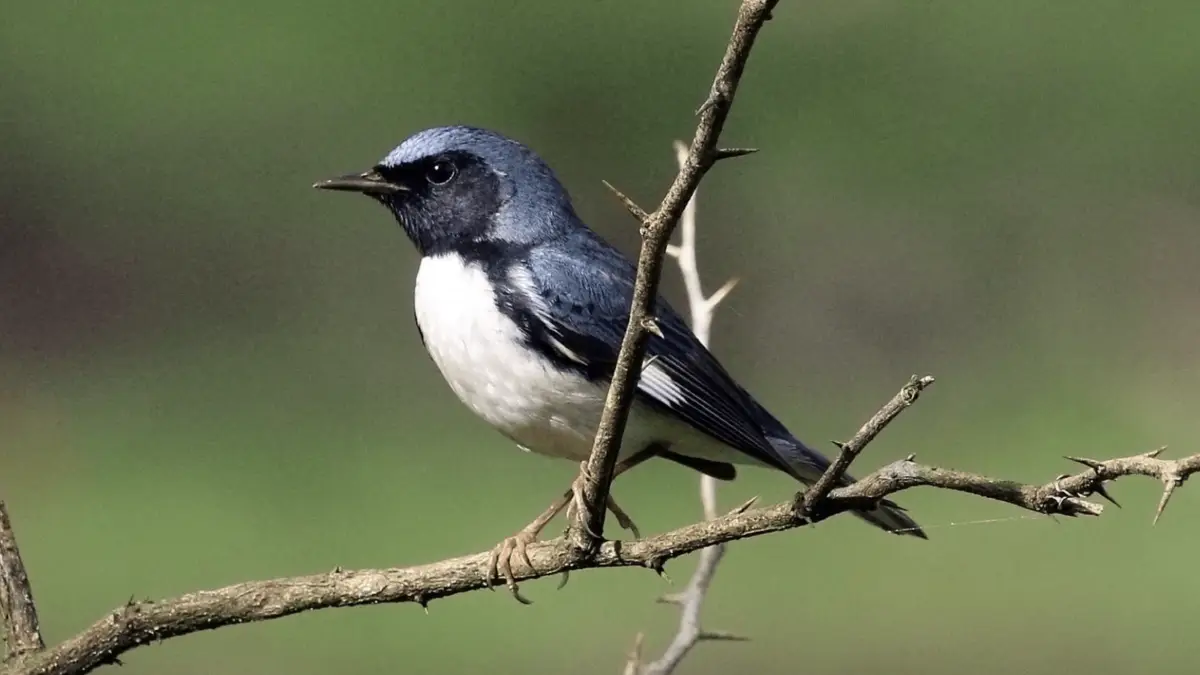
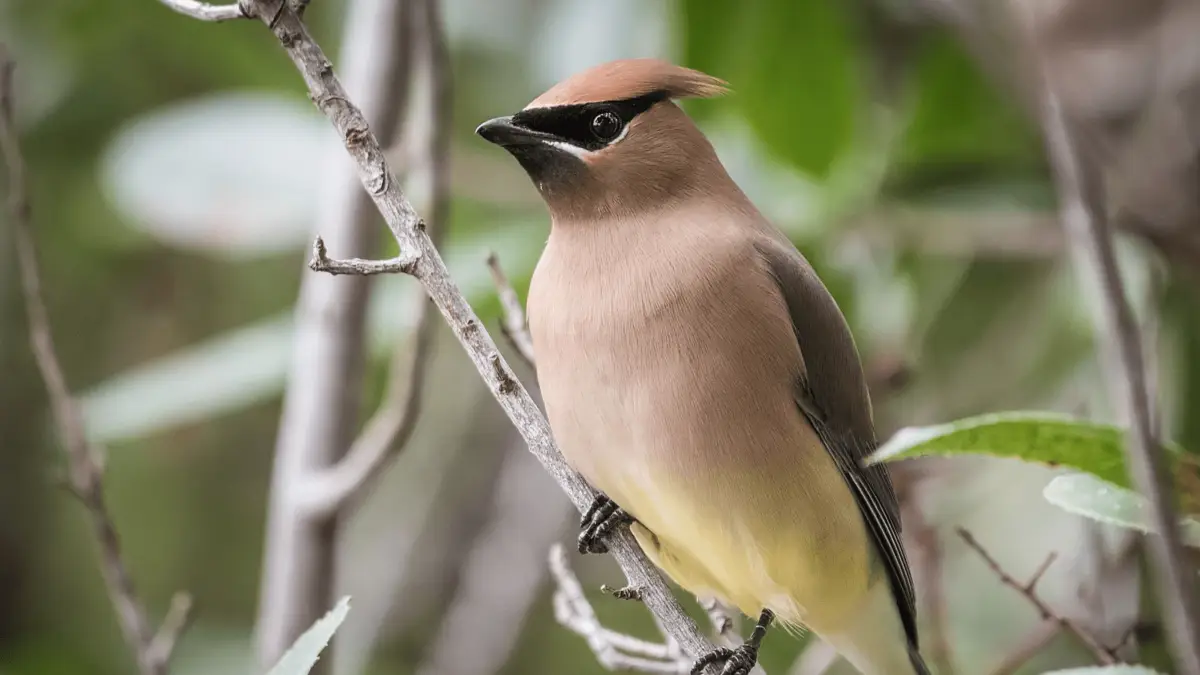
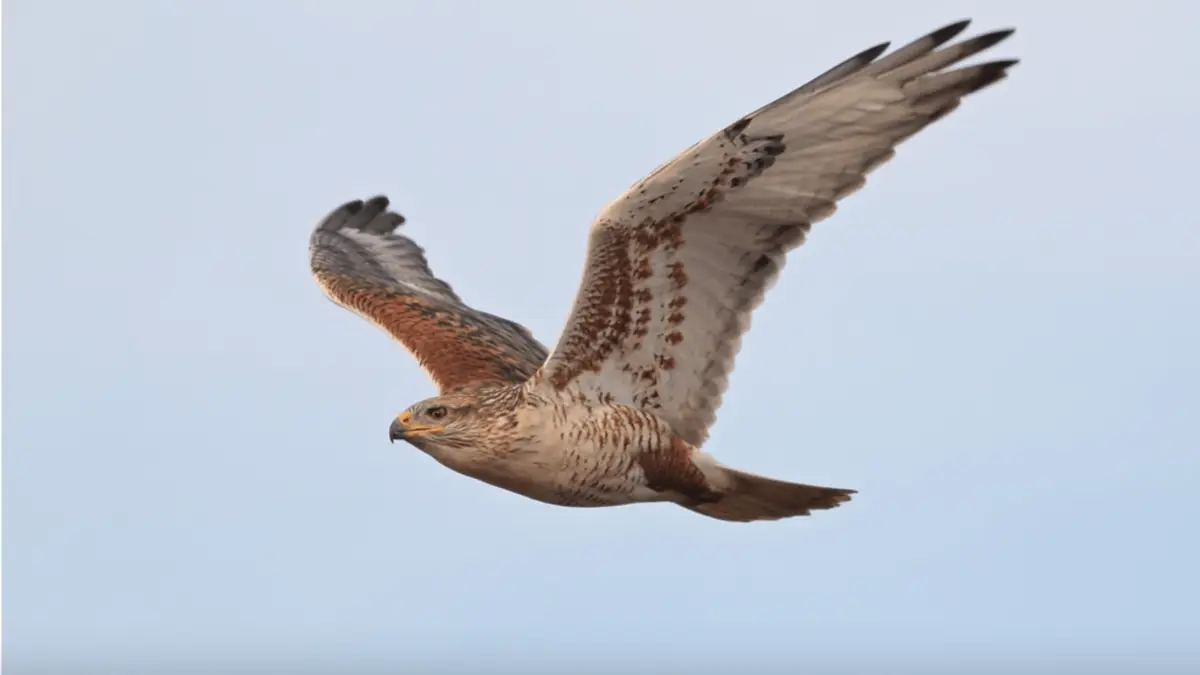

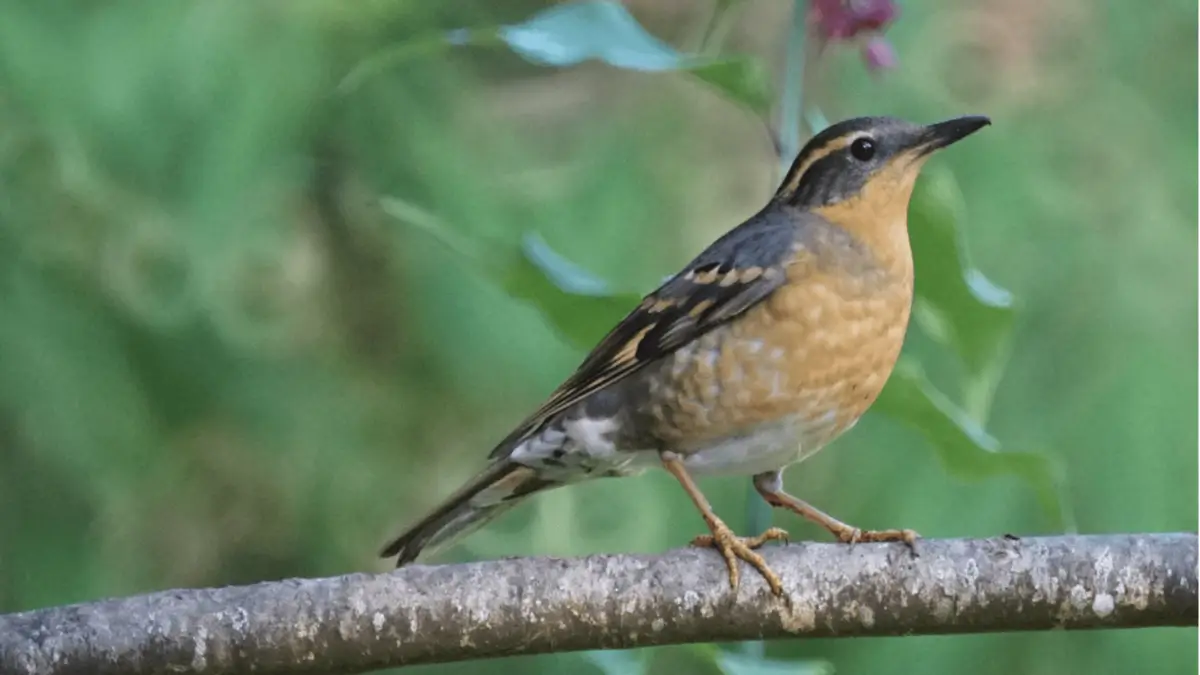

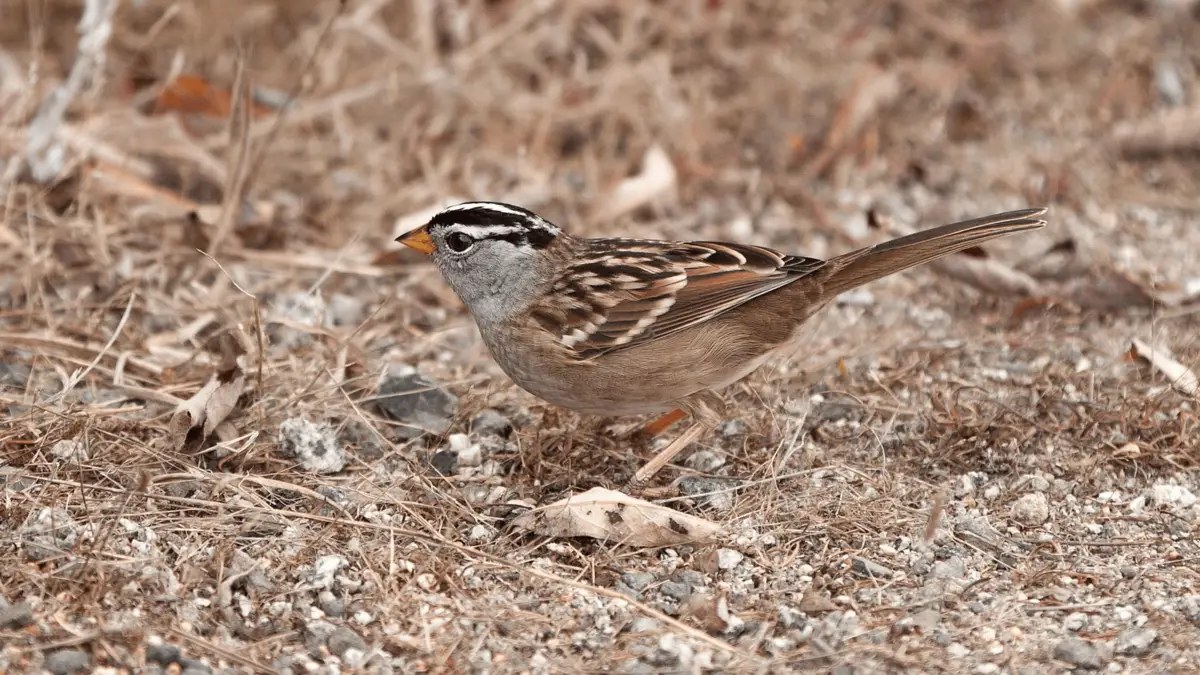
Looking for more things to do in the area?
Visit our What to Do in Northern California page!


